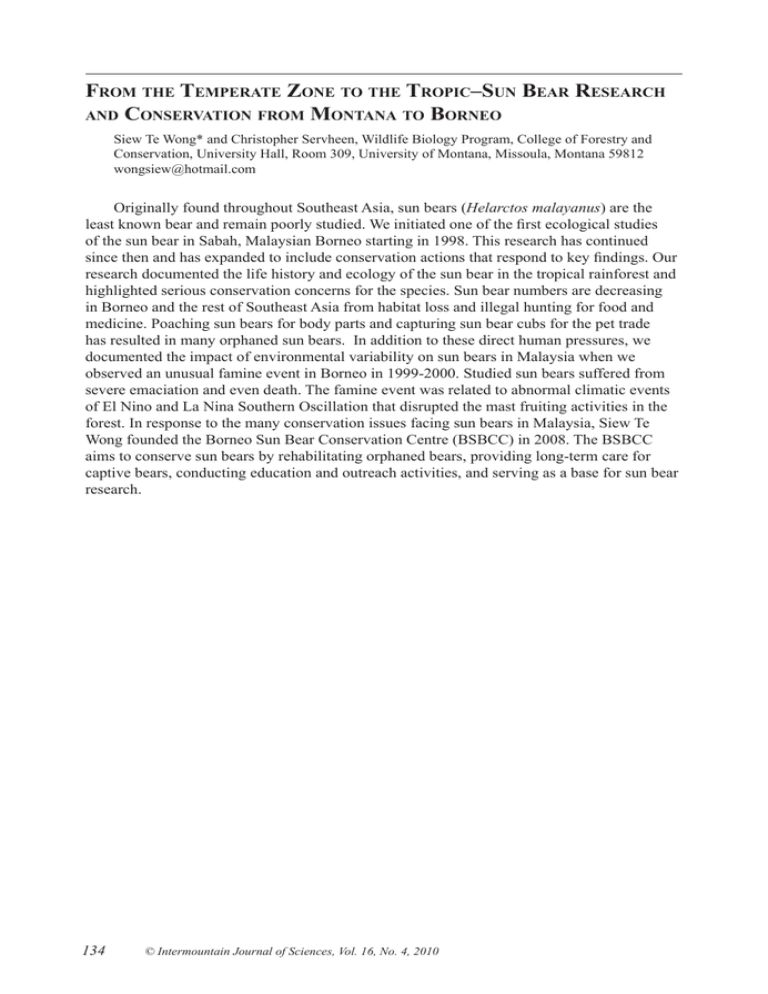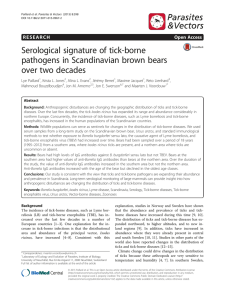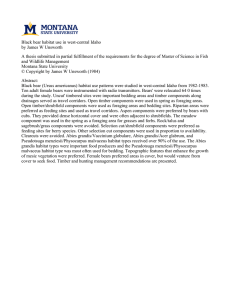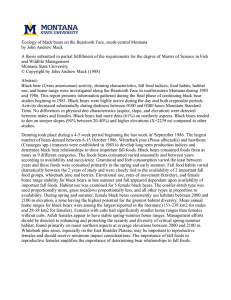f T z
advertisement

From the Temperate Zone to the Tropic–Sun Bear Research and Conservation from Montana to Borneo Siew Te Wong* and Christopher Servheen, Wildlife Biology Program, College of Forestry and Conservation, University Hall, Room 309, University of Montana, Missoula, Montana 59812 wongsiew@hotmail.com Originally found throughout Southeast Asia, sun bears (Helarctos malayanus) are the least known bear and remain poorly studied. We initiated one of the first ecological studies of the sun bear in Sabah, Malaysian Borneo starting in 1998. This research has continued since then and has expanded to include conservation actions that respond to key findings. Our research documented the life history and ecology of the sun bear in the tropical rainforest and highlighted serious conservation concerns for the species. Sun bear numbers are decreasing in Borneo and the rest of Southeast Asia from habitat loss and illegal hunting for food and medicine. Poaching sun bears for body parts and capturing sun bear cubs for the pet trade has resulted in many orphaned sun bears. In addition to these direct human pressures, we documented the impact of environmental variability on sun bears in Malaysia when we observed an unusual famine event in Borneo in 1999-2000. Studied sun bears suffered from severe emaciation and even death. The famine event was related to abnormal climatic events of El Nino and La Nina Southern Oscillation that disrupted the mast fruiting activities in the forest. In response to the many conservation issues facing sun bears in Malaysia, Siew Te Wong founded the Borneo Sun Bear Conservation Centre (BSBCC) in 2008. The BSBCC aims to conserve sun bears by rehabilitating orphaned bears, providing long-term care for captive bears, conducting education and outreach activities, and serving as a base for sun bear research. 134 © Intermountain Journal of Sciences, Vol. 16, No. 4, 2010







